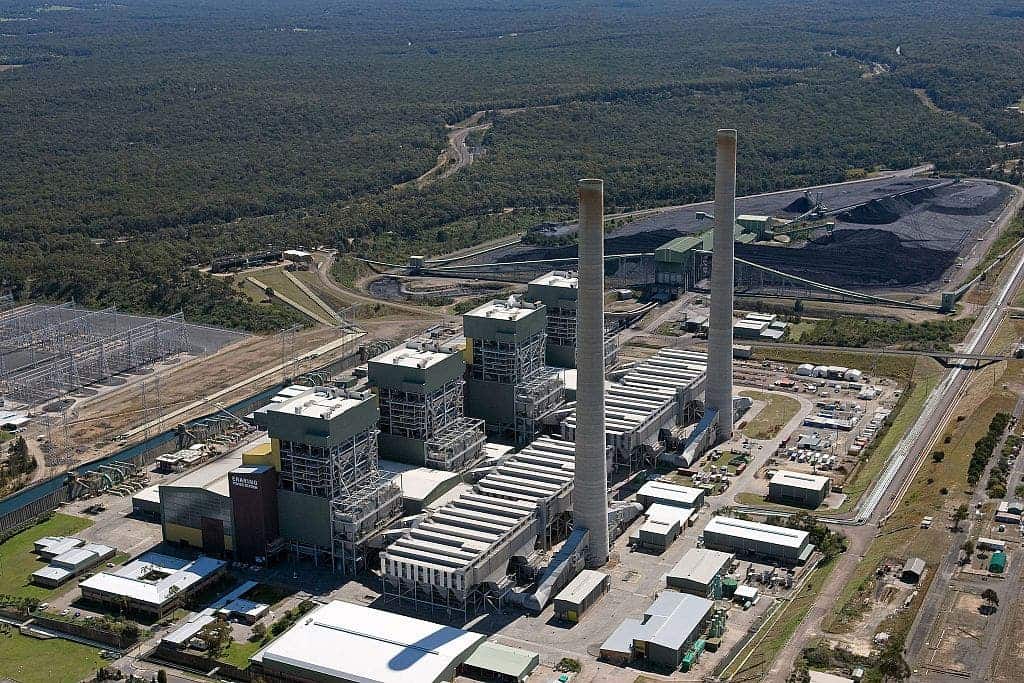Even Australia, where over half of the energy comes from coal, is starting to wave goodbye to the polluting fossil fuel. The country’s largest coal plant will now close seven years earlier than planned, as its operator claims it can’t compete with the expansion and lower costs of renewable energy sources — mainly solar and wind.

The massive 2.8 GW Eraring plant is located north of Sidney and is operated by Origin Energy. It will now close in 2025, after functioning for over 35 years. Eraring is the largest of the 16 coal-fired power plants in Australia, with seven scheduled to close by 2035 and the last one by 2051 as part of a transition to lower the country’s emissions.
Last year, Eraring alone was responsible for about 2% of Australia’s greenhouse gas emissions, based on emissions data and calculations from the energy market. This makes the early closure of the plant a particularly big deal in the ongoing climate crisis, especially considering the recent early closure of other coal plants such as Bayswater and Yallourn.
New South Wales Energy Minister Matt Kean told reporters the decision to closer Eraring was months in the making, creating a plan to make it happen.
“That plan will involve making sure that we focus on keeping the reliability of the system and that we put downward pressure on prices,” he added, dismissing any energy security risks.
Frank Calabria, Origin’s CEO, said the energy market is now very different from when Eraring opened up decades ago. The economics of coal-fired power stations are “under increasing, unsustainable pressure” by non-conventional renewable sources, such as wind and solar, which are cleaner and cheaper, Calabria said in a press statement.
The company now plans to build a massive battery of up to 700MW at the power station site, which it aims to have mostly done before the plant shuts. At the same time, the state government of NSW said it’s working on a complementary project to build a second 700MW battery to free up capacity on the state transmission system.
Australia’s climate challenges
An analysis of the electricity market from last year found that Eraring was the coal plant most exposed to the growth of renewables and likely to lose money by 2025. Last year, the market share of renewable energy increased to over 30%, according to official data. In particular, rooftop solar and solar farms have expanded in Australia.
When international climate negotiations come up, Australia is usually labeled as a “laggard” on climate change, although it’s one of the countries that also suffer most due to climate change. Prime Minister Scott Morrison is a prime example of the country’s love affair with coal — especially considering that in 2017. he brought a lump of coal to the parliament and said: “This is coal, don’t be afraid, don’t be scared, it won’t hurt you.” But the story goes beyond that specific anecdote.
The country’s climate target and policies are classified as “highly insufficient” by Climate Action Tracker (CAT), a think-tank that reviews countries’ commitments. If all countries would follow Australia’s climate action, the world would be on track for global warming of 4ºC, with no hint at the country’s emissions going down any time soon.
At the recent COP26 climate summit in the UK, the Australian government pledged to achieve net-zero carbon emissions by 2050. Nevertheless, the plan didn’t set more ambitious targets for 2030 and didn’t include a phase-out for the country’s fossil fuels. This led to wide criticism, with NGOs saying the plan had the strength of a wet paper bag.






